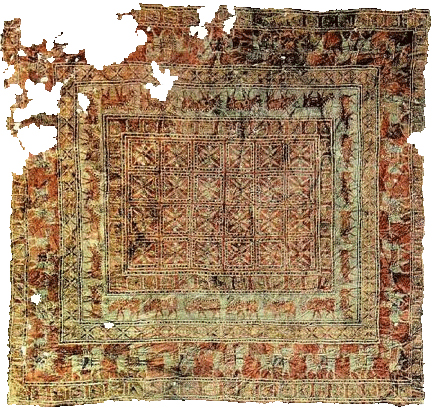The Meaning Behind the Patterns and Colors of Oriental Rugs

The Meaning Behind the Patterns and Colors of Oriental Rugs
Each rug’s particular pattern, palette, and weave are uniquely linked with the indigenous culture, and weaving techniques are specific to an identifiable geographic area or nomadic tribe. Typically, the more floral or formal the pattern, the more urban the area in which it was made, where as a more geometric pattern would be more likely to be from a tribe. Patterns that distinctly flow in a single direction were designed as “Prayer” rugs.
Each family of weavers would place elements in the rugs design to record their history. The use of color also added to the record. White for wedding, whether it be to signify a death, a hunt, or a famine, it is these elements that make each Oriental rug unique.
Some of the common symbols and colors and the meanings behind them:
Animals:
Ram Horns – male fertility
Deer – well being
Bats – happiness
Dogs protector of noble places
Stag – long life
Duck – faithful marriage
Camel – wealth
Crab – invincible knowledge
Elephant – power
Butterfly – happiness
Lion – victory
Crane – longevity
Fish – abundance & prosperity
Phoenix – Empress
Dragon – Emperor
Dove – peace
Tarantula – prevents bad luck
Horse – speed
Peacock – divine protection
Plants:
Bamboo – wealth & honor
Chrysanthemum – long life
Pomegranate – fertility
Iris – liberty
Cyprus Tree – immortality
Lily – purity
Weeping Willow – meditation
Carnation – wisdom
Tree of Life – heaven or eternal paradise
Lotus – purity
Peony – rank & wealth
Colors:
Red – happiness, joy
Orange – devotion, piety
Yellow – power, glory
Green – paradise, sacred, “Prophet’s color”
Blue – solitude, truth
Black – destruction
Brown – fertility
White – purity, peace, grief


